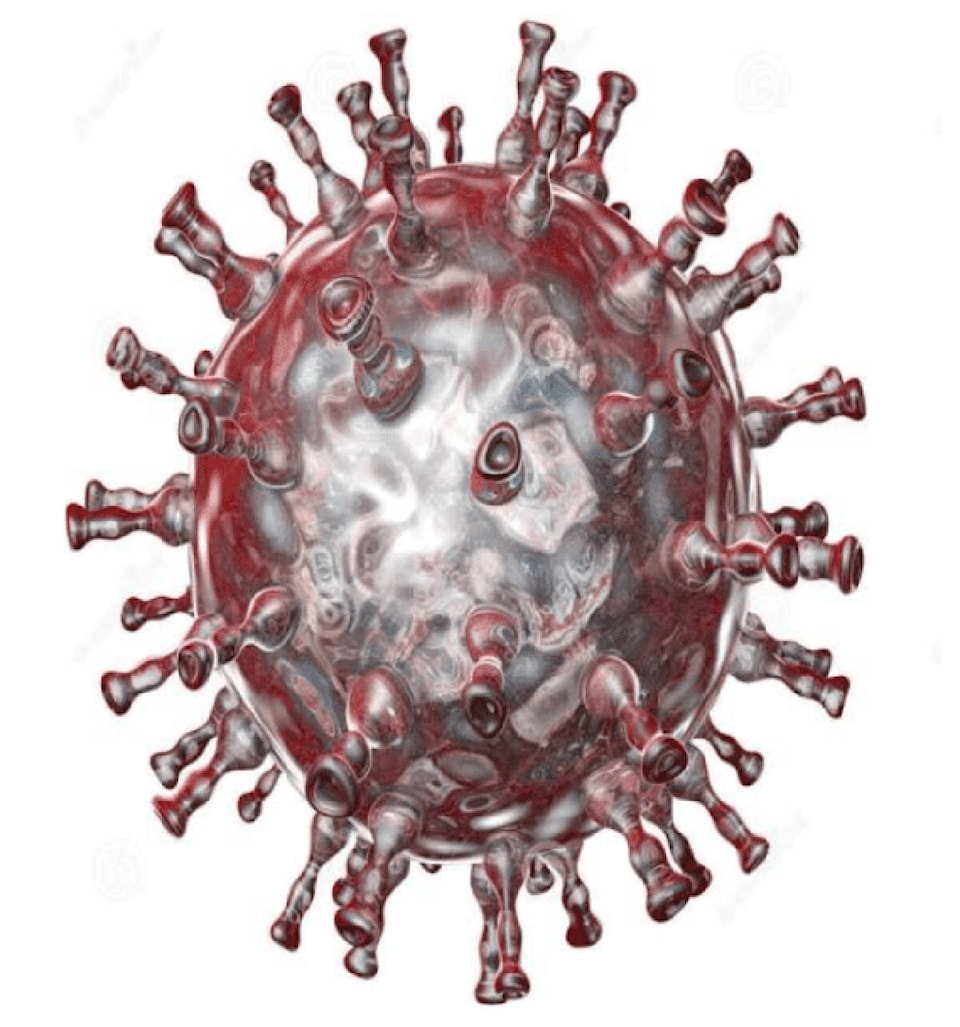An outbreak chicken pox outbreak has hit Tuktoyaktuk.
Notice was given by the office of the Chief Public Health Officer on Feb. 9.
Several households have reported cases of the virus, properly known as varicella. Two exposure dates are known, specifically Jan. 22 in the Tuktoyaktuk Community Arena during a hockey game and Feb. 2 on a Canadian North Flight 5T 244 from Yellowknife to Inuvik.
Anyone who was at either exposure sites is asked to monitor for symptoms for the next 21 days and phone their local health centre if symptoms develop. Anyone who develops a rash is asked to isolate from others.
Highly contagious and easily spread through the air or by skin contact, chicken pox can be spread for up to two days before symptoms appear. Once symptoms begin, the course of the virus can last 10 days and it can be spread at any time during its life cycle.
Normally mild when contracted by children with healthy immune systems, chicken pox can have severe consequences for people who are immune compromised, pregnant, unvaccinated or older persons. These include severe skin and organ damage, passing infection on to offspring and death.
People who are at risk who are exposed are asked to contact the Tuktoyaktuk Health centre immediately for medical advice. Some treatments may be available to lessen the severity of the disease but must be administered within four days of exposure.
A vaccine is available and can be taken at the Tuktoyaktuk Health centre by calling (867) 877-2321. Anyone who develops symptoms of chicken pox is asked to stay home and notify the public health centre.
Signs and symptoms of chicken pox may include:
- Fever, feeling unwell, headache, loss of appetite
- Lesions (pox) appear first on body and face and then arms and legs
- Lesions start as small pink or red spots (papules) and fill with fluid (vesicles) and then scab (crust) over
- Lesions may also develop in the mouth, throat or other mucous membranes, including the eyes and genitals
